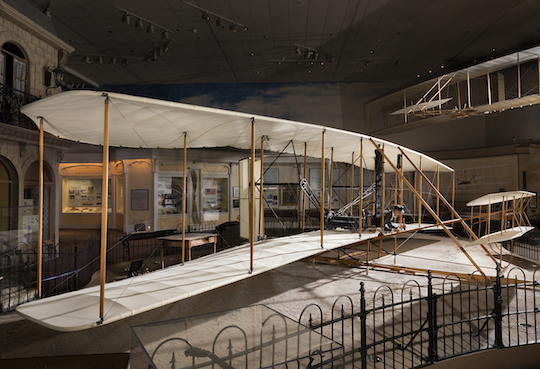“Not every half-baked idea deserves tossing. Some just need more time in the oven.”
—Stephen St. Amant, author of the Savenwood Blog
Not every half-baked idea deserves tossing. Some just need more time in your ideation oven, and Voila! – they are golden!
Think of your wild notions like a tray of cookies: sometimes the gooey middle turns exactly right with a little patience.
Instead of abandoning an idea for being “underdone” give it a chance to rise, reshape, and surprise you.
History is full of quirky inventions and creative projects that started half-formed, but a dash of persistence helped them become something special.
If a notion keeps popping into your mind, don’t be shy — stick it back in the oven and let inspiration do its slow-cooking magic.
You might end up with a creative treat that delights everyone!
EXERCISE:
To test which of your ideas deserve more time in the oven, try to summarize your idea in one clear sentence. If you can’t, it might need more focus or rethinking.






